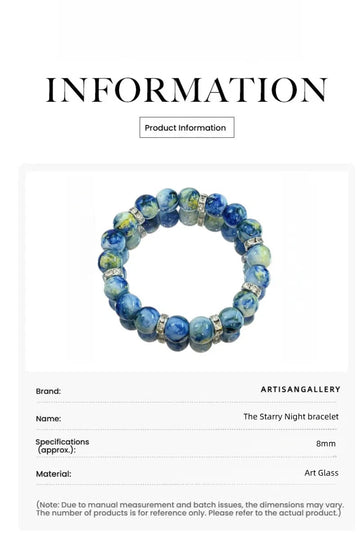The manufacturing process of stone bracelets usually involves the following key steps:
1. Material selection and slicing
Material selection: Choose suitable stone materials for making bracelets based on the cracks, size and color distribution of the raw materials. Large cracks should be avoided to ensure that the bracelet body is flawless.
Slicing: The raw stone is cut into pieces about 2 centimeters thick, and the process is completed using a jade cutting machine (with the blade coated with a layer of corundum sand) to ensure accurate and rapid cutting.
2. Delineation and positioning
Marking: Draw the shape of the bracelet on the sheet material, select the part with the best water or color, and determine the diameters of the outer and inner rings of the bracelet.
Positioning: Based on the size of the bracelet's ring opening, determine the inner diameter position to ensure that the bracelet size meets the design requirements.
3. Embryo suction and shaping
Suction of the outer blank: Place the sheet material marked with the bracelet position on the diamond drill lathe, and use the drill bit corresponding to the outer circle diameter to press down and suck out the entire bracelet shape.
Suck out the inner blank: Select a drill bit based on the diameter of the inner circle, suck out the inner circle to form the initial shape of the bracelet. The middle part sucked out is called the "bracelet core".
4. Shaping and polishing
Topping and tapping: Remove the flaws and cracks of the rough rough (topping), smooth the edges and corners of the bracelet (tapping), and make its surface smooth.
Blanking: Adjust the curvature according to the type of bracelet (round or flat). Manual blanking is suitable for high-end bracelets, while blanking by a setting machine is appropriate for medium and low-end bracelets.
5. Polishing and waxing
Polishing and grinding: Smooth the surface of the bracelet, remove the marks, and repeatedly polish it to achieve a high gloss.
Waxing: Soak the polished bracelet in warm wax and boil it to further enhance its luster, making the bracelet more lustrous and transparent.
6. Special Processes (optional)
Hand-carving: Carving patterns or textures on the surface of the bracelet to enhance its artistic value.
Inlay: Inlay metal, gemstones and other decorations on the bracelet to enhance its aesthetic appeal.
Precautions
Material selection: It is necessary to ensure that the stone has no large fissures or cracks and is suitable for making bracelets.
Craftsmanship details: Every step of the process requires meticulous operation, especially polishing and waxing, which directly affect the final quality of the bracelet.
Safe operation: Professional equipment must be used during the production process, and safety precautions should be taken.







